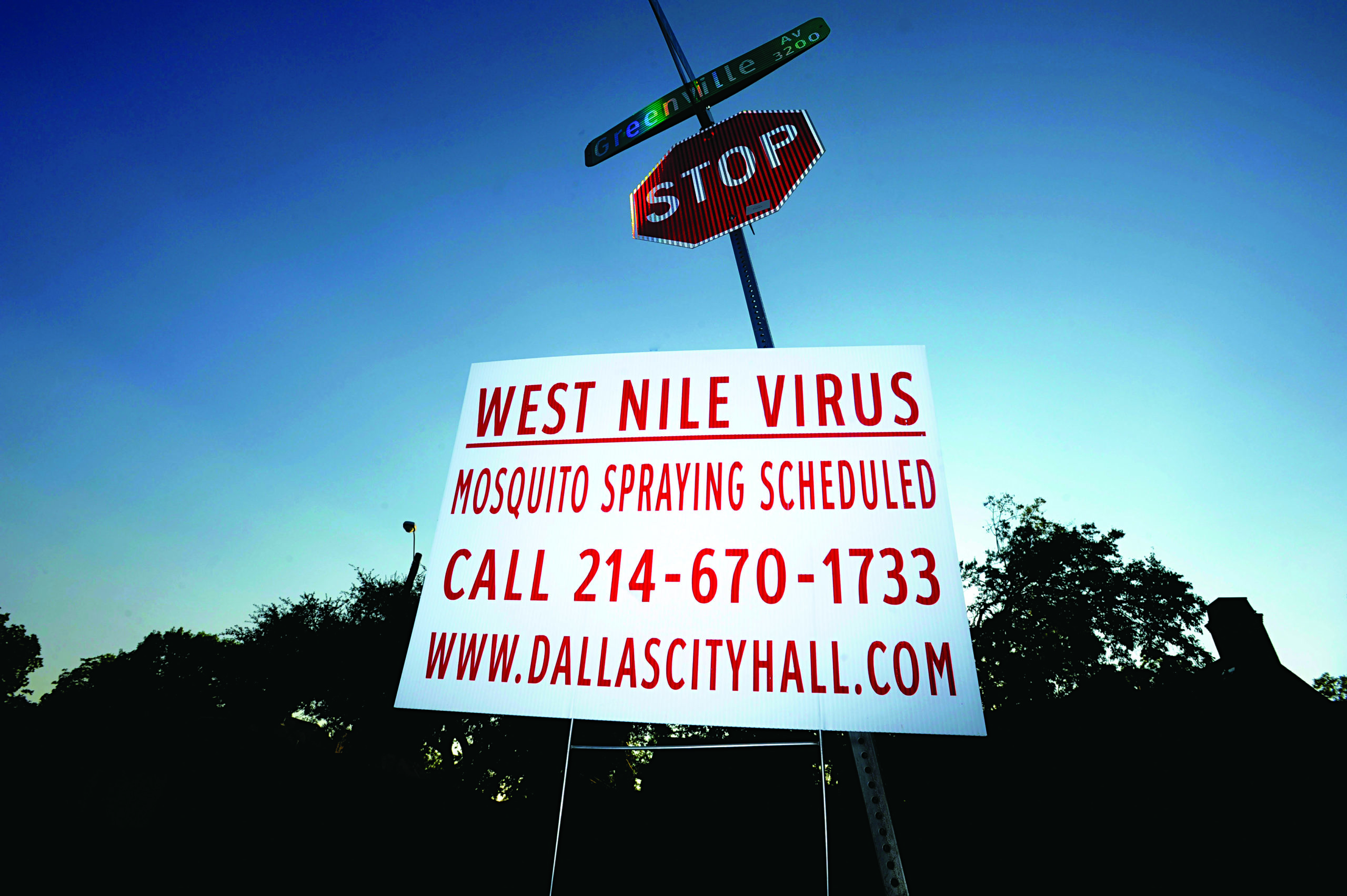
“As soon as the number of cases began to skyrocket, Luby immediately called the alarm,” said Dr. Robert Haley, Professor of Internal Medicine and Director of UT Southwestern’s Division of Epidemiology in the Internal Medical Department.
Dr. Luby assembled the medical community, which culminated in a formal recommendation to Dallas County officials to use aerial spraying. The decision was controversial but necessary because there were not enough resources available to do conventional ground spraying; the decision was better understood when opponents realized the spraying had to be done only twice in a 50-year period.
Aerial spraying proved effective and brought the epidemic to a halt, saving lives.
Dr. Luby would later receive the 2013 Charles Max Cole, MD, Leadership Award from the Dallas County Medical Society for his life-saving contributions.
“Dr. Luby exemplified quiet courage in his leadership through the West Nile outbreak,” said Wendy Chung, MD, Dallas County Health & Human Services Chief Epidemiologist.
In July 2013, Dr. Haley performed an epidemiological analysis of 10 years’ worth of West Nile data, including the 2006 and 2012 epidemics.
His analysis found – for the first time – that epidemics begin early after unusually warm winters but, importantly, they can be predicted using an index based on the average number of West Nile virus-infected mosquitoes collected by the Health Department and tested for the virus. The result was Dr. Haley’s Mosquito Vector Index rating system, created in close collaboration with Dallas County Health and Human Services researchers.
When the vector index goes above 0.5 in June or July, large numbers of people are about to be silently infected, and this is the best time to intervene. Now cities across the country will have advance warning so they can intervene to prevent these epidemics.
Dr. Robert Haley

